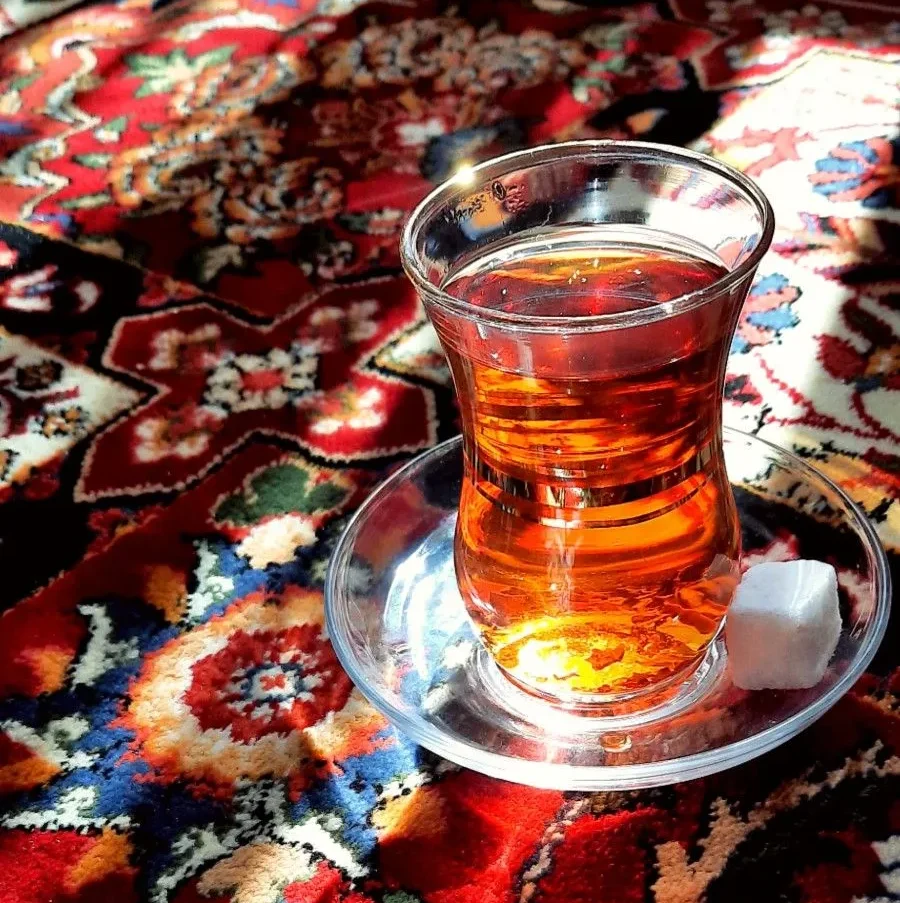History of Iranian handicrafts

- Persis Collection
- 28 July 2021
- Blog
- 3 minutes
Handicrafts in Iran have a history of several thousand years and are the most significant and original manifestations of ancient history and civilization and pure Iranian culture and art, whose roots should be sought along with settlements and remained relics of early inhabitants on the plateaus of Iran.
History of handicrafts in Iran
If we want to estimate the historical origin of the art of ancient handicrafts, we can say that handicrafts date back to the existence of humans; Because before the invention of calligraphy, humans began to engrave on rocks to convey a message and communicate with each other. In Iran, according to the artifacts from the Paleolithic, Mesolithic, and Neolithic, humans Inspired by nature, began to mix water and soil and made the first pottery to preserve their food. On this account, according to the works obtained from the Neolithic period, we can estimate the history of the first or in other words the oldest Iran’s handicrafts to go back 8000 years ago.
Iran in ancient times
Iran in ancient times had many handicrafts that the social and political conditions of each period have a direct impact on the remained relics of that period. For example, from ancient times to the end of the Ghaznavid dynasty, because of the importance that was given to gold and jewelry by the kings of that time, The arts related to jewelry and inlaid enjoyed great progress in Iran, so that according to some historical texts, jewelers had a high and special social status in that historical period. The reason is related to the jewelry decoration industry in weapons such as belts, swords, and so on, but this prosperity has gradually faded with the change of governments. A large part of the masterpieces of Iranian art and architecture from the Samanid period to the end of the Seljuk period have remained with a combination of Islamic principles and Iranian culture.
The impact of the arrival of Islam in Iran on handicrafts
By looking at the historical texts, it can be seen that with the spread of Islam and the emergence of various rules in Iran, arts such as construction and portraiture decreased and arts such as miniature, book designing, calligraphy, gilding, traditional textiles, metalworking, pottery, Tile making, carpet weaving, etc. flourished during this period, and many of the relics from that period now adorn the world’s top museums. and in the history of Iranian handicrafts in this period has changed dramatically
The period of growth and maturity of handicrafts in Iran
If we compare Iranian handicrafts to a big store, the Safavid era will undoubtedly be the showcase of this beautiful, large and elegant store The Safavid period was the period of the peak and exaltation of many arts of this land or its growth and expansion and it is a brilliant period in the history of Iranian handicrafts.
Iranian handicrafts in the last century
Today, handicrafts have regained their former position which has a wide range of different disciplines and products that are made using natural and local raw materials with the help of hands and tools.
Some of the most prominent handicrafts in Iran
carpet loom – weaving, machine weaving, traditional embroidery, metal arts, enameling, pottery, glass, wood-related arts, stone-related arts, miniature, traditional prints, mat weaving, traditional painting, felting, fur clothing, leather works, and traditional dyeing are some of the main fields of Iranian handicrafts. Although all handicraft products have their audiences, it can be said that hand-woven carpets and short-napped coarse carpet, glass, and copper containers, pottery and ceramics, wood-related handicrafts, jewelry, crochet, Sermeh embroidery, and Baloch needlework are the most popular Iranian handicraft products. These products can be used practically and decoratively in everyday life.
Iranian handicraft artists
Based on the new necessities and requirements and understanding the Iranian handicrafts and with changing the tastes, attitudes, and style of new generations, artists have revolutionized the creation, design, and presentation of handicrafts according to the needs of millennials. Also with the great efforts of creative artists and innovators in this field, as well as the efforts of an active community in the field of Iranian handicrafts, including the Persiscollection,
That by launching a special site for introducing, supplying, and selling Iranian handicrafts presents the country of Iran to interested audiences in a new way, Iranian handicrafts have the potential to acquire a better position in the world arena.












Comments